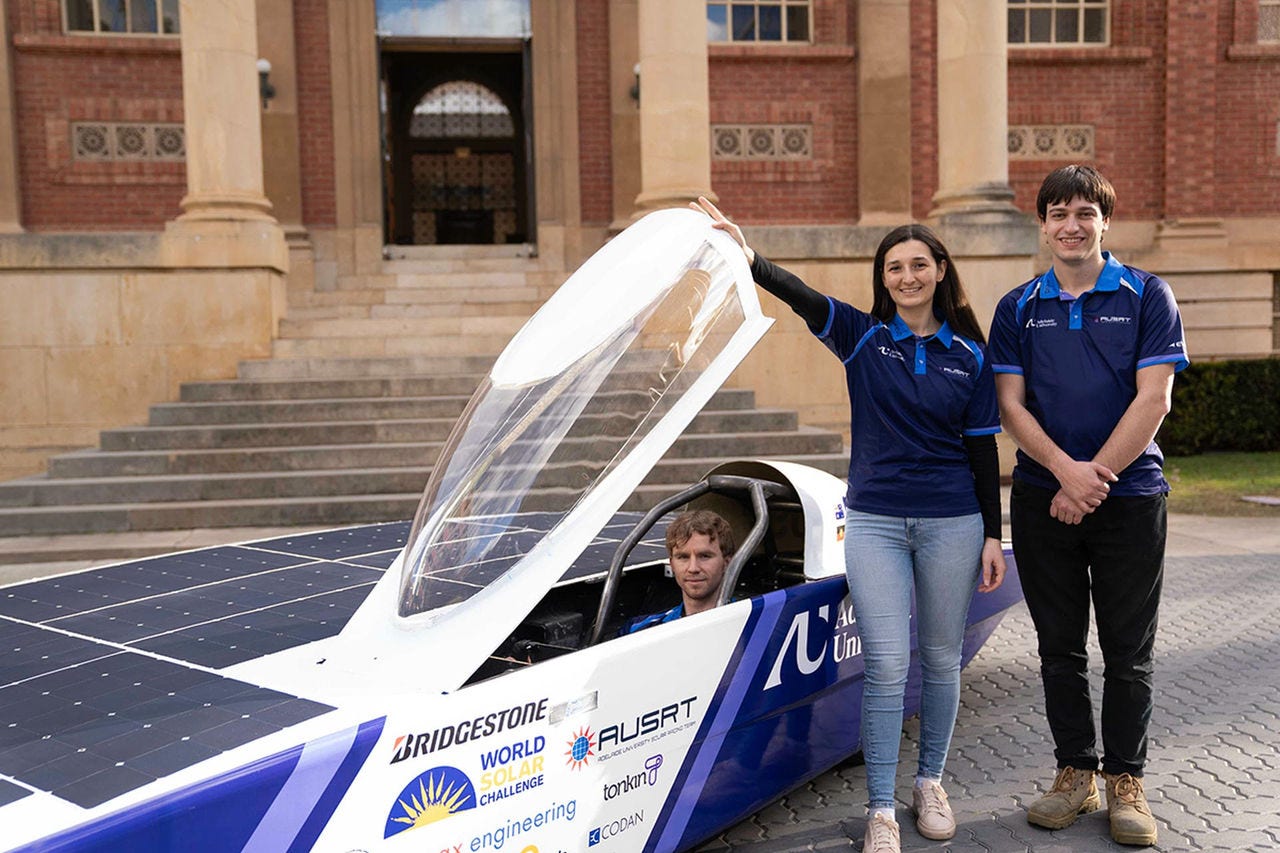
As part of Australia’s largest solar vehicle race, the University of Adelaide Solar Racing Team (AUSRT) is gearing up for the 2025 Bridgestone World Solar Challenge. The competition pushes students to design, build, and drive a fully solar‑powered car from Darwin to Adelaide’s central business district—a 3,020‑kilometre test of efficiency and endurance. Ready to follow the team’s journey and discover a career pathway that blends engineering, sustainability, and problem‑solving? Submit your application today.
Understanding the Bridgestone World Solar Challenge
The Bridgestone event is biannual, demanding teams to compete on Australian public roads in real‑world conditions. Regulations limit vehicle size, battery capacity, and solar‑array dimensions, but teams are free to innovate in aerodynamics, energy management, and lightweight construction. Historically, only around a quarter of entrants reach the finish line – the 2025 event will feature 37 university teams, including Adelaide’s debut from UniSA after the two institutions merge.
Meet the University of Adelaide Solar Racing Team
Since 2015 AUSRT has run yearly, producing a new contender each cycle. This year’s venture, Lumen III, marks the first vehicle built from scratch in eight years and showcases the team’s advanced engineering capabilities. Key members include electrical engineering student Adam Palkovics, mathematician Maria Kapsis, and their supportive project group.
Design Philosophy and Innovation
AUSRT prioritises safety, reliability, and incremental performance improvements. Engineers balance weight against aerodynamics, while software tools continuously adapt speed profiles during the race – the crew monitors solar irradiance every ten minutes and adjusts cruising speeds to maximise energy capture. This iterative approach echoes the “David vs. Goliath” mindset of building a robust, break‑down‑resistant drivetrain.
Mathematical Modeling and Real‑Time Strategy
Maria Kapsis, a PhD candidate in mathematics, crafted a model that calculates the vehicle’s energy budget using historic race data and solar radiation forecasts. The model tests various speed curves, weather scenarios, and energy consumption patterns, producing a strategy that keeps Lumen III on track for a successful finish.
What Students Gain From Solar Racing
- Hands‑on engineering: Students apply classroom theory to real vehicle design, from circuit integration to structural analysis.
- Sustainability expertise: The project nurtures knowledge of renewable energy systems and green technology deployment.
- Industry exposure: Partnerships with automotive and engineering firms open career doors; many alumni secure roles at leading global companies.
To learn more about the University of Adelaide’s engineering programs and how they support projects like Lumen III, explore our engineering pathways. Potential participants can also benefit from a free consultation with our student recruitment office, designed to match interests with the right study options.
Collaborations and Global Impact
Adelaide University’s partnership with ETH Zurich’s aCentauri Solar Racing team allows joint research and knowledge exchange. Such collaborations intensify the innovation pipeline and promise future breakthroughs in solar vehicle design.
How to Join the Momentum
Whether you’re a current student aiming to contribute practically or a prospective student curious about sustainable engineering, the Bridgestone World Solar Challenge offers a platform for high‑impact learning. Prepare for the next generation of transportation solutions—schedule a free consultation to discuss how you can become a part of this exciting field.
Questions? Contact the student recruitment team, or write to us so we can help you take the next step. Share your thoughts in the comments below and join the conversation about the future of solar mobility.


